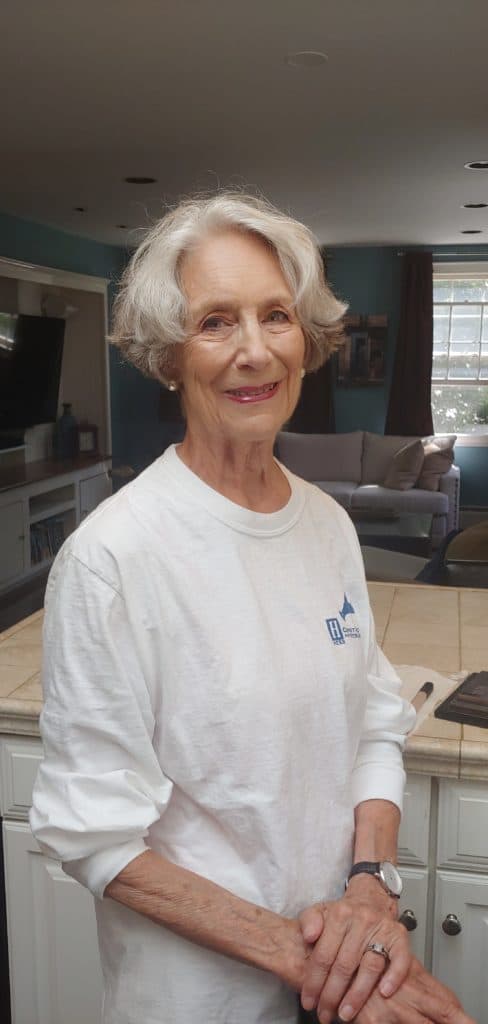New York Times behandelt de ‘eenzaamheid’ van FTD

A Artikel in de New York Times gepubliceerd op 7 november beschrijft de effecten van FTD op gediagnosticeerde personen en hun zorgpartners aan de hand van het verhaal van AFTD-vrijwilliger Sandy Karger (hierboven afgebeeld) en haar man Bob, die met FTD leeft.
In het artikel beschrijft auteur Sara Manning Peskin, MD, een fellow in cognitieve neurologie aan de University of Pennsylvania, Bobs FTD-reis – door de progressie van symptomen die leidden tot zijn diagnose in 2007 door Dr. Murray Grossman in woorden te vatten. Het artikel bevat commentaar van Dr. Grossman, die directeur is van UPenn's Frontotemporal Dementia Center en lid is van AFTD's Medical Advisory Council, over de opkomende wetenschap rond FTD en genetica.
Peskin beschrijft ook haar bezoek aan de ondersteuningsgroep die Sandy mede begeleidt voor FTD-zorgpartners. Ze biedt een kijkje in de tol die deze ziekte eist van mensen die leren omgaan met de uitdagingen die ermee gepaard gaan.
“De steungroep is nuttig, want dit kan heel eenzaam zijn”, zegt Sandy in het artikel.
Klik hier om het volledige artikel te lezen op de De New York Times website. Het biedt een uniek perspectief op het leven met FTD, voor zowel personen met de diagnose als zorgpartners, en we moedigen u aan om het te delen op sociale media om bewustzijn te creëren.
Per categorie
Onze nieuwsbrieven
Blijf geïnformeerd
Meld u nu aan en blijf op de hoogte van het laatste nieuws met onze nieuwsbrief, evenementwaarschuwingen en meer...
